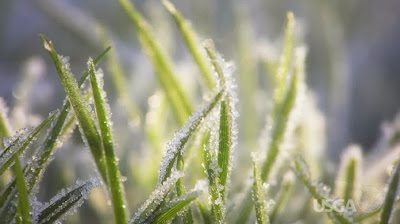Concept: Weather
Objective: Students will learn different types of weather like sunny, partly cloudy and overcast.
Vocabulary:
weather
monitor
weather symbols
meteorologist
sunny
partly cloudy
overcast
cloud
fog
monitor
weather symbols
meteorologist
sunny
partly cloudy
overcast
cloud
fog
 |
| Sunny |
 |
| Partly Cloudy |
 |
| Overcast |
 |
| Rain |
 |
| Snow |
 |
| Fog |
 |
| Weather Symbols |
CA State Science Standards
3b. Students know that the weather changes from day to day but that trends in temperature or of rain (or snow) tend to be predictable during a season.
4a. Draw pictures that portray some features of the thing being described.
4b. Record observations and data with pictures, numbers, or written statements.











































